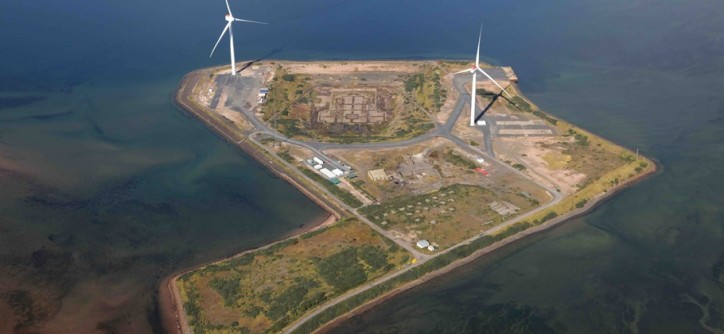- £480,000 investment to design new gates for offshore structure access
- Project part of plan to revitalise the port following decline in coal imports
- Site expected to become major hub for handling end-of-life resources
Hunterston Port and Resource Centre (PARC) in Ayrshire has been awarded grant funding from the Scottish Government that could pave the way for the site to become one of the UK’s most important oil and gas decommissioning facilities.

Peel Ports, which owns and operates Hunterston PARC, has accepted a grant offer of £240,000 under the Decommissioning Challenge Fund. The total investment of nearly half a million pounds will be used to design new gates at Hunterston’s dry dock and to carry out preliminary work on securing the necessary construction approvals.
The gates would improve access for offshore structures, allowing them to be floated in for decommissioning. The project is part of Peel Ports’ ambitious plans to create a new future for the former coal port, following the closure of Longannet power station.
Gary Hodgson, Peel Ports’ Strategic Projects Director, said: “The Scottish Government grant award under the Decommissioning Challenge Fund programme will help accelerate our redevelopment aspirations at Hunterston PARC to accommodate end-of-life oil and gas assets. With one of the largest dry docks in the UK and over 300 acres of development land, Hunterston PARC is the ideal location to create a multi-modal decom campus which will lead to additional private sector investment and job opportunities. We thank the First Minister and her government for their support.”
Located on the Firth of Clyde in Ayrshire, 40 miles west of Glasgow, the site boasts one of the largest dry docks in the UK, extensive development land and easy routes to market for decommissioned assets including two rail terminals, onsite cargo handling capabilities and deep water draught.
The site is being developed to support the Scottish Government’s ‘Circular Economy’ strategy, with the co-location of material management, asset decommissioning and recycling, pre-fabrication and manufacturing, and power generation all on a single site.
Earlier this month, Peel Ports published a white paper into onshore decommissioning based on research it carried out with senior executives from the energy sector and its supply chain. The report, entitled ‘Securing a new deal for onshore decommissioning’, was launched at the Offshore Decommissioning Conference in St Andrews and aims to add to the debate on how the UK can minimise the cost to industry and taxpayers of dealing with end-of-life oil and gas structures.
The white paper proposes a three-part economic model, focussed on dry-docking, space and scrap metal markets, and argues that operators and government must make a shared commitment to the development of such facilities, without which supply chain and infrastructure providers will be unable to make the necessary, significant and long-term investments with confidence.
Source: Peel Ports